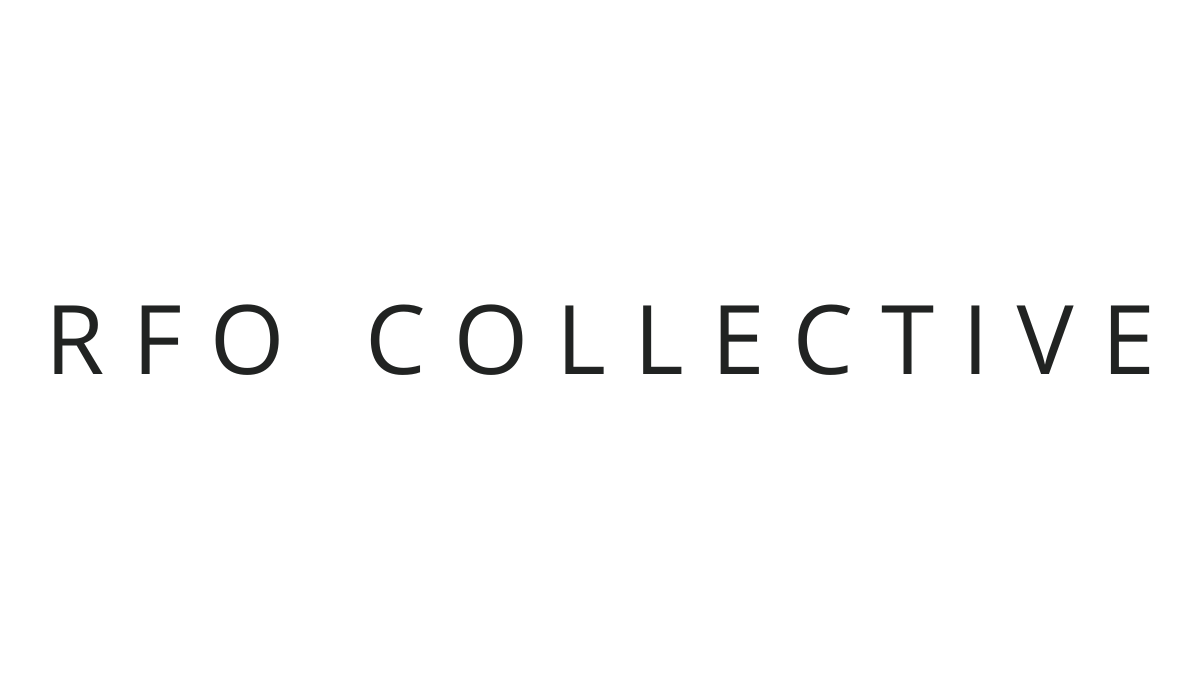A Scientific Alliance: How Marie and Pierre Curie's Friendship Fueled Discovery
The scientific world is forever marked by the groundbreaking discoveries of Marie and Pierre Curie, pioneers in the field of radioactivity. But their story goes beyond groundbreaking research; it's a testament to the transformative power of friendship.
Marie Skłodowska, a brilliant young scientist from Poland, arrived in Paris in 1891, determined to pursue her studies in physics and mathematics. Struggling financially, she found a friend and mentor in physicist Józef Wierusz-Kowalski. Kowalski, recognizing her talent, introduced her to Pierre Curie, a respected researcher known for his humility and dedication to science.
Their initial bond wasn't romantic; it was a mutual respect for scientific inquiry. Pierre, impressed by Marie's determination despite limited resources, offered her a corner of his meagre laboratory, a space devoid of proper equipment but brimming with intellectual energy. Marie, grateful for the opportunity, remarked, "It is better to work in a shed than not to work at all" [Source: Quoted in Susan Quinn's biography, "Marie Curie"].
Their shared passion for science blossomed into a deep friendship. They discussed experiments, analysed results, and faced failures together. Pierre, meticulous and methodical, complemented Marie's intuitive and daring approach. This intellectual partnership proved invaluable. In 1896, while investigating the mysterious properties of pitchblende, they discovered a new element – polonium, named after Marie's homeland, Poland.
Their shared success solidified their bond. Pierre, initially hesitant about marriage due to his dedication to research, wrote to Marie, "With you, on the contrary, I see a future filled with work, a future magnificent no matter how hard" [Source: Quoted in Susan Quinn's biography, "Marie Curie"]. They married in 1895, a union not just of hearts but of minds.
Their most significant discovery, radium, came in 1898. The years that followed were a testament to their unwavering support for one another. Working in a cramped, poorly ventilated shed, they meticulously isolated radium, a process that would eventually take a toll on their health. Yet, they celebrated each milestone, their friendship a constant source of strength.
Tragedy struck in 1906 when Pierre was killed in a horse-drawn carriage accident. Marie was devastated, but she found solace in continuing their work. Driven by a deep sense of gratitude for their shared journey, she declared, "I shall finish our work for both of us, as we used to say to each other" [Source: Quoted in Susan Quinn's biography, "Marie Curie"].
Marie went on to become the first person to win a Nobel Prize twice, in Physics (shared with Pierre in 1903) and Chemistry (1911). Her achievements were a culmination of not just her own brilliance, but a testament to the power of a friendship built on mutual respect, intellectual synergy, and unwavering support.
The story of Marie and Pierre Curie reminds us that gratitude for the connections we share can fuel incredible achievements. It's a story that transcends the scientific realm, offering a timeless message about the enduring power of friendship.

